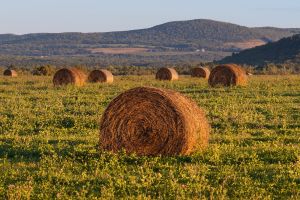Japanese cuisine is recognized as an international cuisine with meticulous cooking. And a good cook must become a bridge between the eater and nature, and under the cook's careful cooking, let the guests taste the most authentic natural delicacy.
The characteristics of Japanese cuisine focus on preserving the natural, original taste; there is no doubt that this is the primary spirit of Japanese cuisine. Its cooking method is very delicate and exquisite, with the broth, seasoning, and cooking methods made by hours of slow fire, all on the premise of preserving the original taste of the food.
The delicious secret of Japanese food is based on sugar, vinegar, monosodium glutamate, soy sauce, firewood fish, and konbu, among other seasonings. In addition to tasting the fragrance, the senses of taste, touch, vision, and smell cannot be ignored. Japanese food is tasted with the eyes, more accurately, it should be tasted with the five senses: eye-visual taste; nose-smell taste; ear-hearing taste; touch-touch taste; and, naturally, tongue-taste taste.
When it comes to what you can taste, there are five flavors: sweet, sour, bitter, salty, and umami. The cuisine also needs to have five colors: black, white, red, yellow, and green. After the five colors are complete, nutritional balance needs to be considered.
Japanese cuisine consists of five basic conditioning methods: cutting, boiling, roasting, steaming, and frying. In addition to cooking and coloring, there is also knowledge to be applied when eating.
Be sure to "eat hot food while it is hot" and "eat cold food while it is cold" so that they can reflect each other in taste, time, and ingredients, and achieve an excellent taste.
Egg roll is one of the Japanese egg cuisines, which is made by mixing beaten eggs with kelp bonito sauce. The practice is to first beat the egg yolk and egg white into egg paste, then add kelp bonito juice, and then pour into a pan evenly sprinkled with oil to fry.
When frying, use a copper rectangular pan called an "omelette frying pan". The pots used in Kanto are wider horizontally and shorter longitudinally than those in Kansai.
First, grind the yam into the mud, then add prawns to grind into the mud and mix well. The work of yam is to increase fragrance, no matter what ingredients are added later, the special fragrance can not go away, and the taste is very strong;
Second, it is shaped, and the embryo of the whole egg roll is so strong that it can be held up without breaking up with chopsticks.
Shrimp paste is used to cook prawns until half-cooked, then beat into the mud, heat the sweet in the pot first, add sugar and crude salt, then turn to low heat and add shrimp paste to stir-fry.
Add a small amount of salt, and sugar, and then add sweet soy sauce, and stir well.
If you bake 20min on one side, you can hold it up with chopsticks and bake it for another 20 minutes. You'd better eat this dish hot, but it won't taste good if it's cold.


